PAULA ABRAHAM OF EASTERN VIRGINIA EAR, NOSE & THROAT SPECIALISTS
Providing life-changing treatments for hearing loss
by Kathy Van Mullekom
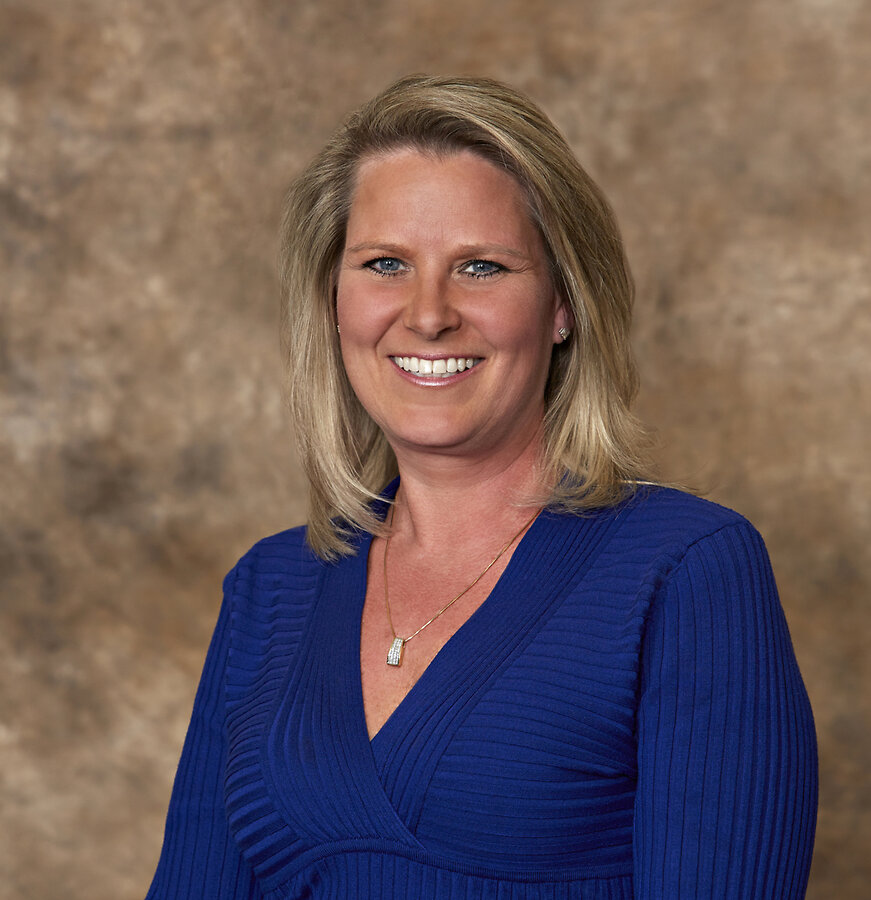
Paula Abraham
Coming from a family of nurses, Dr. Paula Abraham always knew she wanted a career in healthcare. She chose audiology and never looked back.
"I fell in love with audiology," she says with a smile, "the scientific diagnostic work and trying to figure out a solution for a patient's hearing problems. The impact of a treatment, which is usually hearing aids, is life-changing."
"I fell in love with audiology," she says with a smile, "the scientific diagnostic work and trying to figure out a solution for a patient's hearing problems. The impact of a treatment, which is usually hearing aids, is life-changing."
Having joined the practice at Eastern Virginia Ear, Nose & Throat Specialists in 1989, Paula is now its director of audiology. The practice's five physicians, three physician assistants, and seven audiologists-in offices in Chesapeake, Suffolk, and Virginia Beach-see patients for allergies, balance disorders, hearing loss, and issues with ears, nose, sinus, throat, neck, voice, and swallowing.
Born and raised in West Virginia, Paula received her Bachelor of Science and Master of Science in audiology from West Virginia University. She earned her doctorate in audiology from Arizona School of Health Sciences. She was recruited by the late Dr. Jeffrey Powell, founder of Eastern Virginia ENT.
"As a single female, just out of college, I moved here alone, not knowing anyone," she recalls. Eventually, she met and married Kevin Abraham, and they had two sons, who are now grown with careers in business information technology.
Paula, a fellow with the American Academy of Audiology, prides herself on staying updated regarding the latest advances in hearing loss treatment.
"Hearing aids have gone from being essentially amplifiers to computerized digital processors," she notes. "People used to struggle with hearing aids, but now we are close to giving people normal hearing."
In addition to improving hearing ability, the devices provide other everyday conveniences. With Bluetooth technology, hearing aids can connect to cell phones, take phone calls, and stream music.
"Every hearing aid manufacturer offers an app so you can control your hearing aid through your phone," Paula adds. "It's just amazing what they can do now."
"Every hearing aid manufacturer offers an app so you can control your hearing aid through your phone," Paula adds. "It's just amazing what they can do now."
Today's hearing aids also come in different wearing styles. Paula and her audiology team can find a style that meets a patient's specific hearing needs and lifestyle.
Hearing aid styles include:
Hearing aid styles include:
In the ear-This electric amplifier, in an ear mold, fits the outer ear.
Invisible in the ear canal-This small light model is good for patients with moderate hearing loss.
Completely in the ear canal-This is slightly larger but powerful and nearly invisible.
Completely in the ear canal-This is slightly larger but powerful and nearly invisible.
Full shell-This earmold is custom-made to fit the outer ear. The electronics and battery are inserted in the shell and fitted to the patient.
Behind the ear-The electronics and battery are in a compartment that sits behind the ear. Featuring a tube that runs to the amplifier in the ear canal, its controls and battery are easier to use than in some smaller devices.
For the best overall sound quality and speech enhancement, Paula favors the Oticon brand, which features "brain hearing technology." "Hearing starts in the brain," Paula observes, "and Oticon's hearing devices work more like our own brains."
Recent research has discovered a link between hearing loss and cognitive decline. According to a Johns Hopkins report, mild hearing loss doubles the risk of dementia; moderate loss triples the risk, and people with severe hearing loss are five times more likely to develop dementia. The reasons: hearing loss results in isolation and brain atrophy.
"We now know how essential hearing loss treatment is for maintaining brain health," Paula says. "Patients who have gotten hearing aids say life is much better. They can participate in conversations and enjoy their family without feeling left out. And family members are no longer frustrated from having to repeat themselves or talk louder. The entire family benefits, not just the patient."
"Hearing aids have gone
from being essentially amplifiers
to computerized digital processors
....now we are close
to giving people normal hearing."
-Dr. Paula Abraham
from being essentially amplifiers
to computerized digital processors
....now we are close
to giving people normal hearing."
-Dr. Paula Abraham
Hearing loss is just one reason patients end up in the audiology clinic. Often, patients suffer from dizziness or imbalance issues because something is wrong with their inner ear. The audiologists and ENT physicians work together to determine what treatment is needed, whether it be hearing aids or a consultation with the clinic's partner, Fyzicalî, an adjacent therapy center specializing in balance testing and vestibular system rehabilitation. The vestibular system is the sensor system that sends our brain information about motion, head position, and spatial orientation.
"Many patients with hearing loss also have balance issues, and we can fix that with physical therapy," Paula says.
The most common cause of hearing loss in Hampton Roads is noise-often in the workplace. "Even when a job requires the worker to wear protective headgear, workplace noise can cause hearing loss," Paula explains. "For a worker, we know 85 decibels of noise for more than eight hours is harmful. Someone working on an aircraft carrier is exposed to an excess of 100 decibels, so earing protection only helps but so much and can't prevent hearing loss."
Paula points out that age-related hearing loss-known as Presbycusis-is the second reason people seek help. Such damage occurs very slowly over time due to daily exposure to noises from vacuum cleaners, lawn mowers, and hair dryers.
Since COVID in 2020, Paula has seen more young adult patients seeking help with mild to moderate hearing loss. Before the pandemic, they were getting by in the workplace, but once masks were required, they realized how much they depended on reading lips and facial expressions when communicating.
Hearing aids can also help with tinnitus, that ringing or buzzing noise in one or both ears. One patient in her 60s had severe tinnitus that kept her up at night, despite taking valium and melatonin to calm it. After Paula fitted her with hearing aids, the patient had her first good night's sleep without medication.
Although Paula has been at the clinic for more than 30 years, she still sees patients from those early days.
"I've had patients dealing with hearing loss when they were in preschool," she says. "Now they are getting married and having babies of their own, and they are still my patients. We have become like family, and I just love it."
Eastern Virginia Ear Nose & Throat Specialists
500 Independence Pkwy.
Chesapeake, VA 23320
757-547-9714
http://www.easternvaent.com
CURRENT COLUMNS
Children First 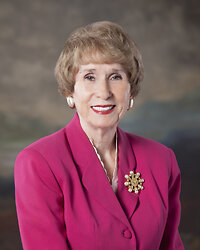
Dandelion Timeby Becky AdamsPublisher’s Point 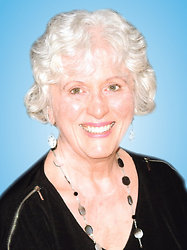
Time To Moveby Jean Loxley-BarnardRelationships 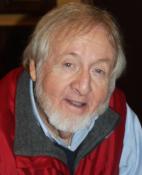
When Your Security Blanket is in the Dryerby Dr. Bill AustinOn The Front Porch With You 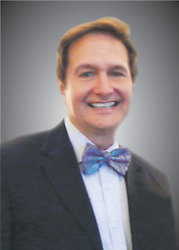
Memories of Homeby Rob Lauer

